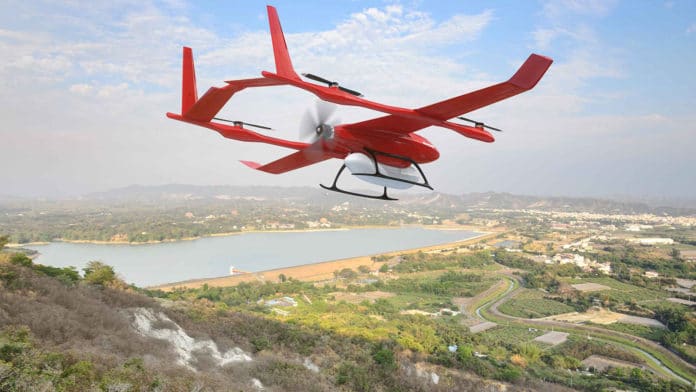Drones typically have short flight times, and they must stay within line of sight to maintain radio contact with their operators. To address these limitations, Honeywell is developing a new technology suite for light drones that allows them to fly three times longer and with less human intervention.
Compared with traditional drones using batteries and line-of-sight radio links, drones equipped with Honeywell’s Beyond-Visual-Line-of-Sight (BVLOS) technologies can fly farther, carry more weight, avoid hazards up to 3 km away and stream video of their progress anywhere in the world. The BVLOS consists of 600-watt and 1200-watt hydrogen fuel cells, an IntuVue RDR-84K Radar, an inertial measurement unit (IMU), and UAV Satcom – the world’s smallest and lightest satellite transceiver.
The fuel cells allow the small drones to fly three times longer than batteries with equivalent output. Unlike gasoline engines, they work silently and emit no greenhouse gases. The company says operators can refuel or swap hydrogen tanks in minutes, enabling more time in the air.
In addition to avoiding other aircraft, Honeywell’s radar module can detect obstacles, map terrain, and identify landing zones. It can act as a radar altimeter and provide mapping for alternate navigation if GPS guidance fails. And Honeywell’s rugged IMUs keep drones on course no matter the terrain. Also, its satellite uplink can be used to download real-time weather and traffic reports from other drones.
The technology can be used in a variety of applications, including last-mile package delivery, surveying, search-and-rescue, pipeline and power line inspection, and medical deliveries.
